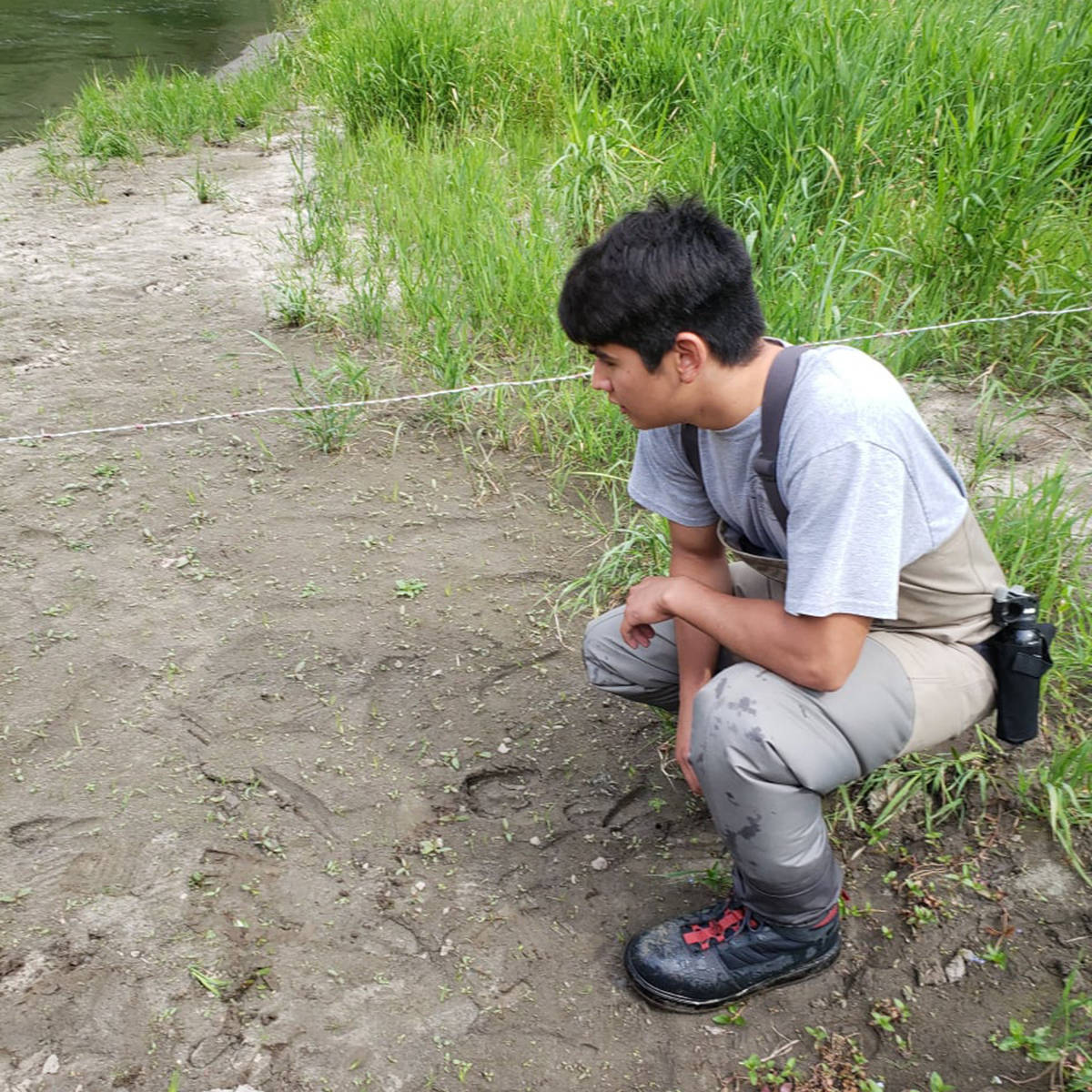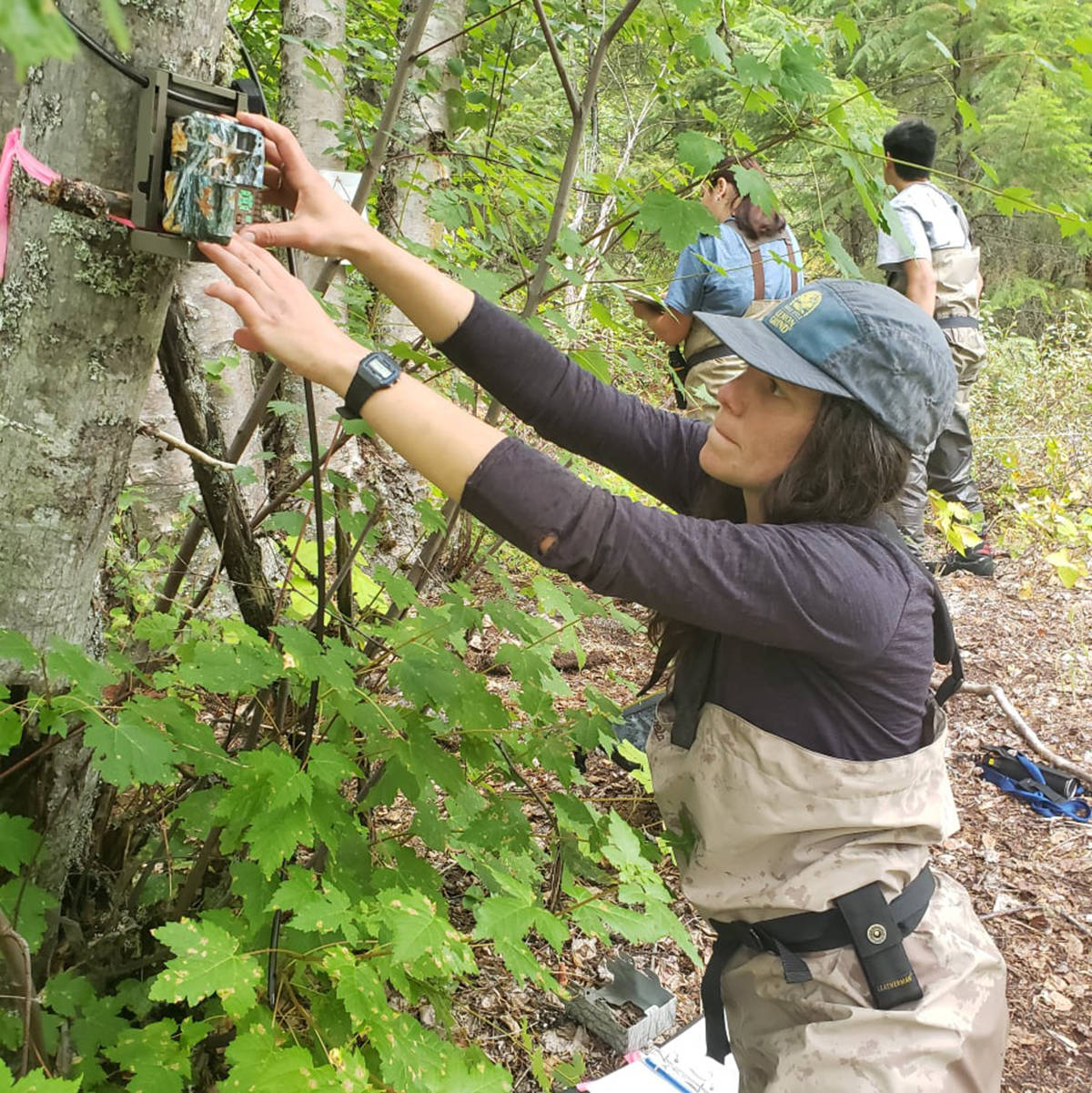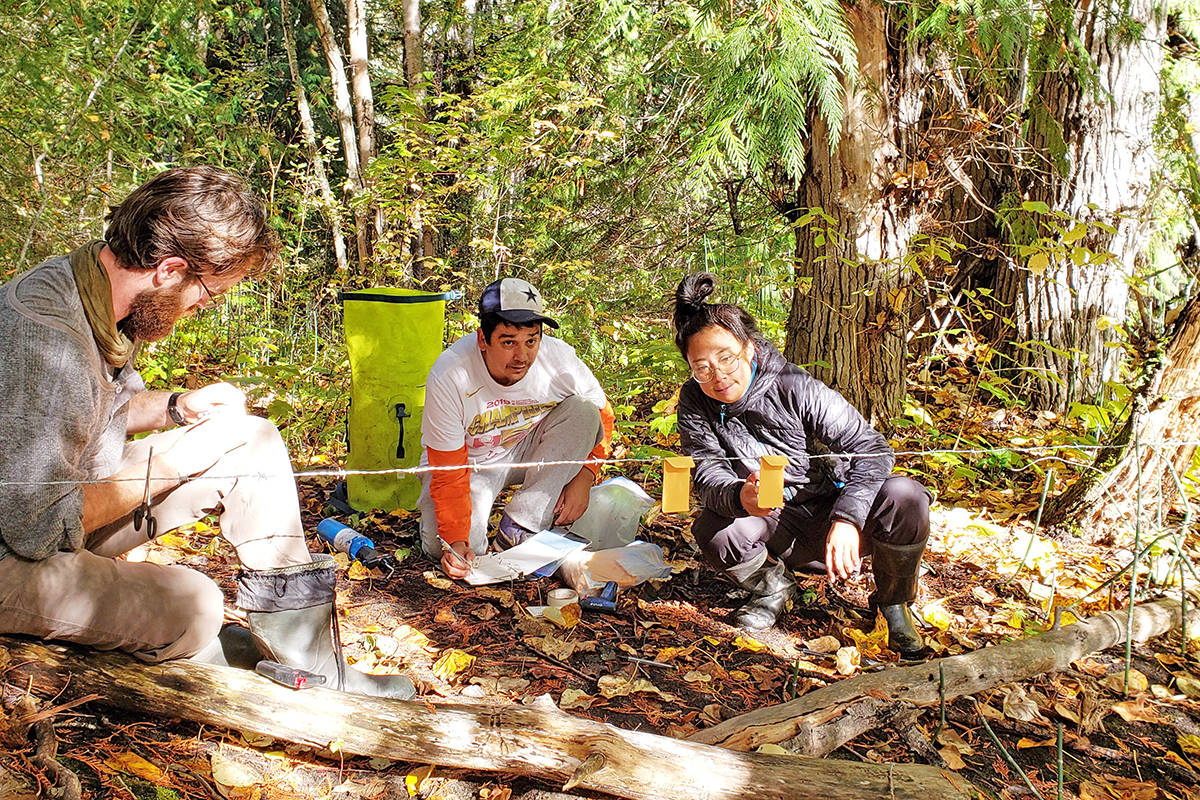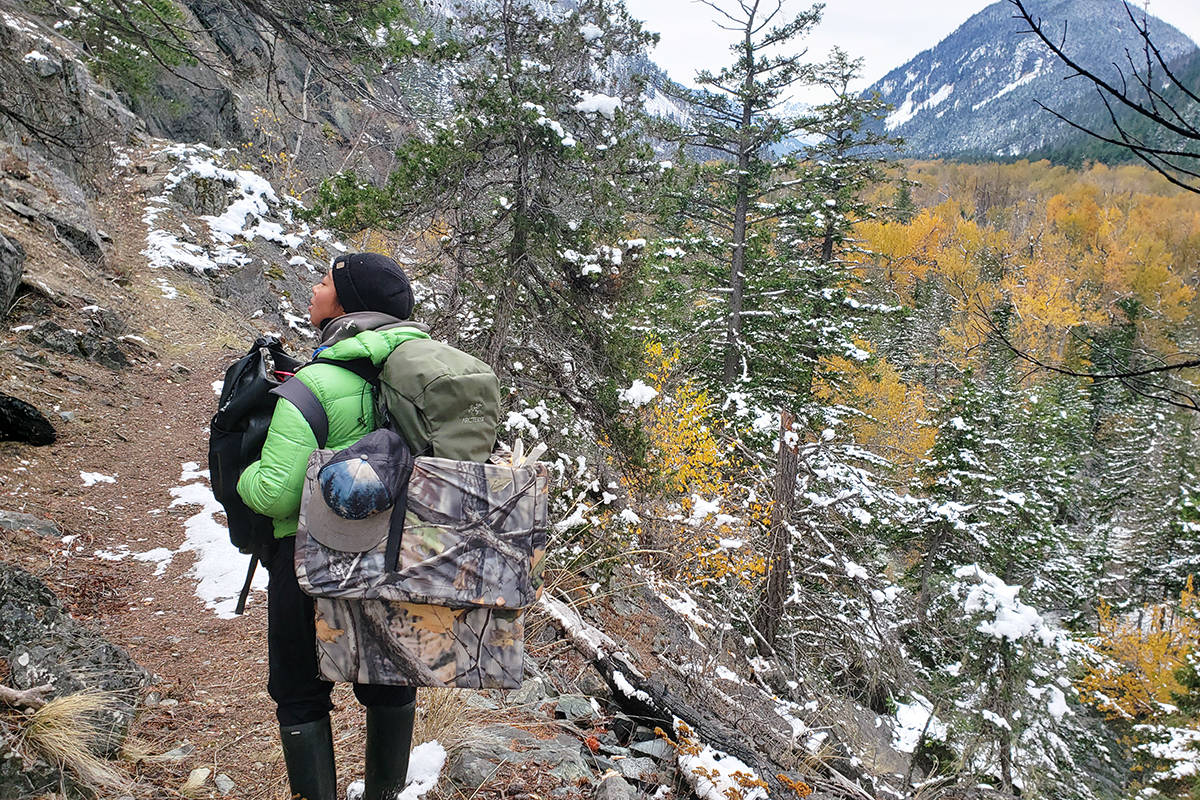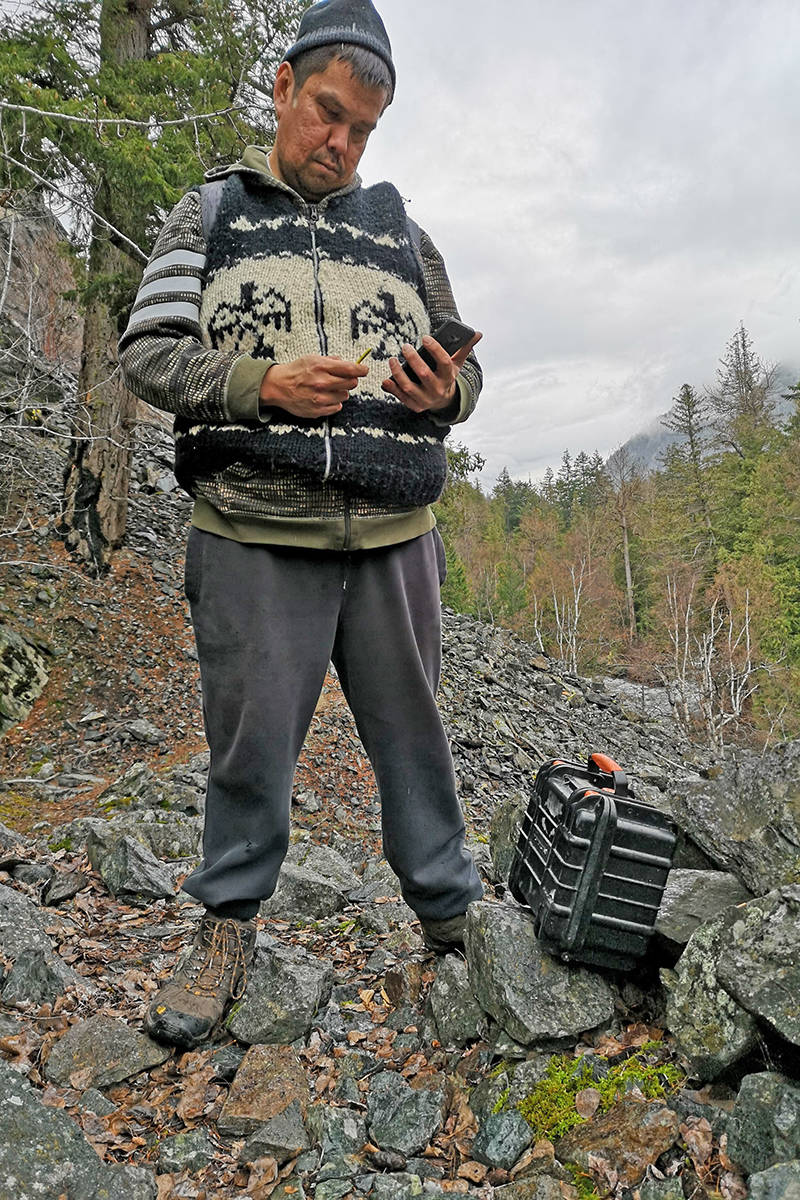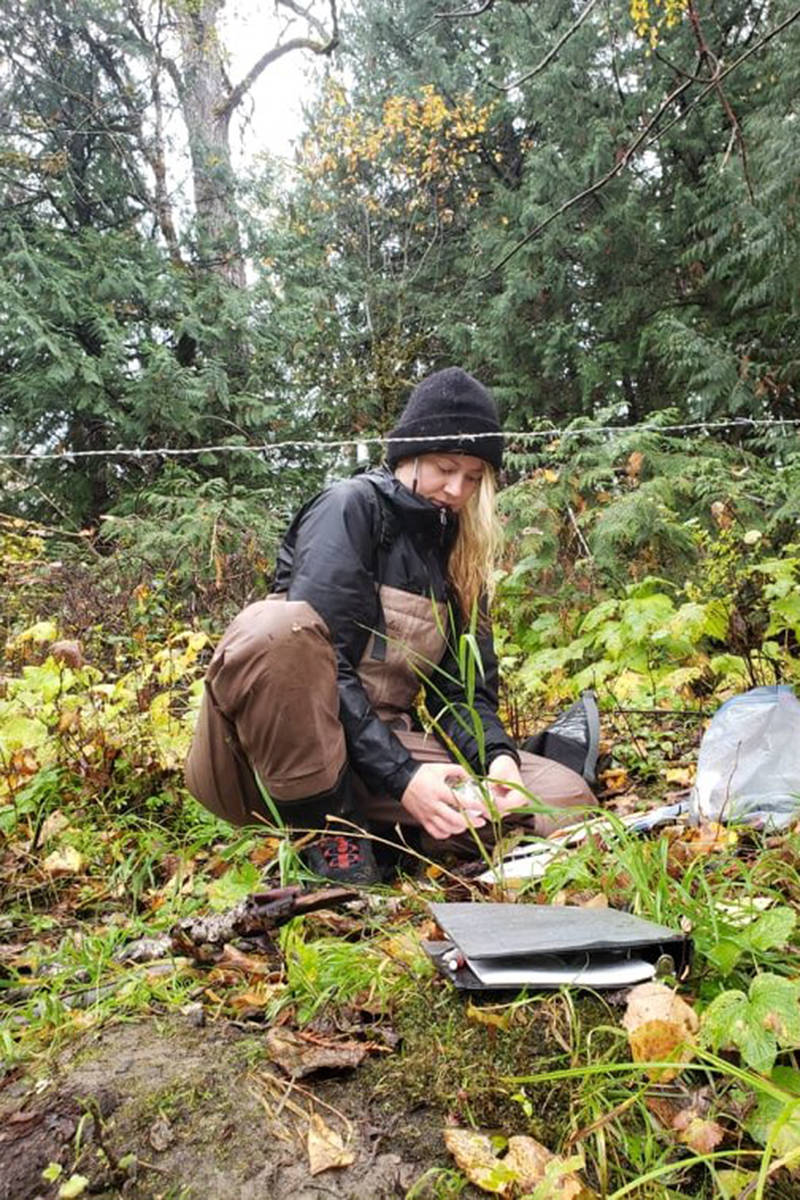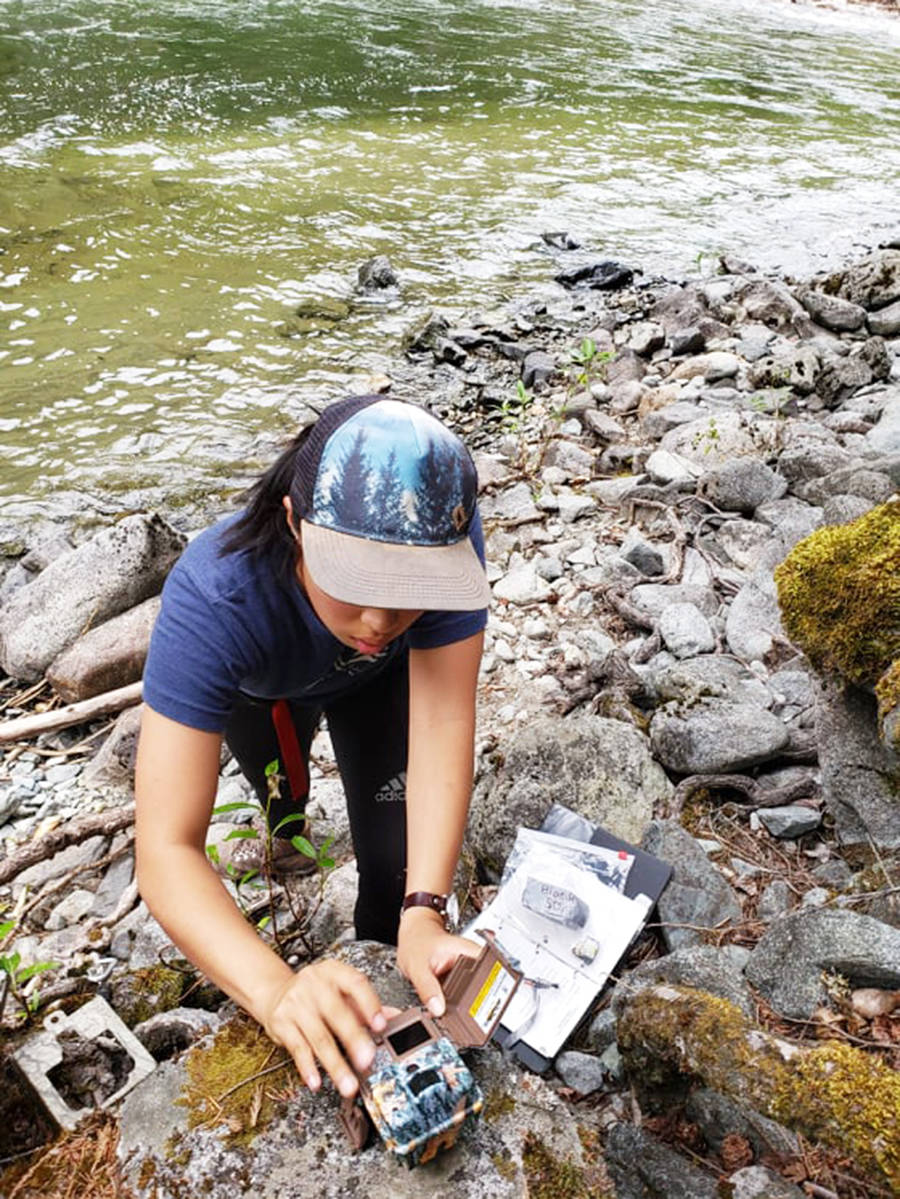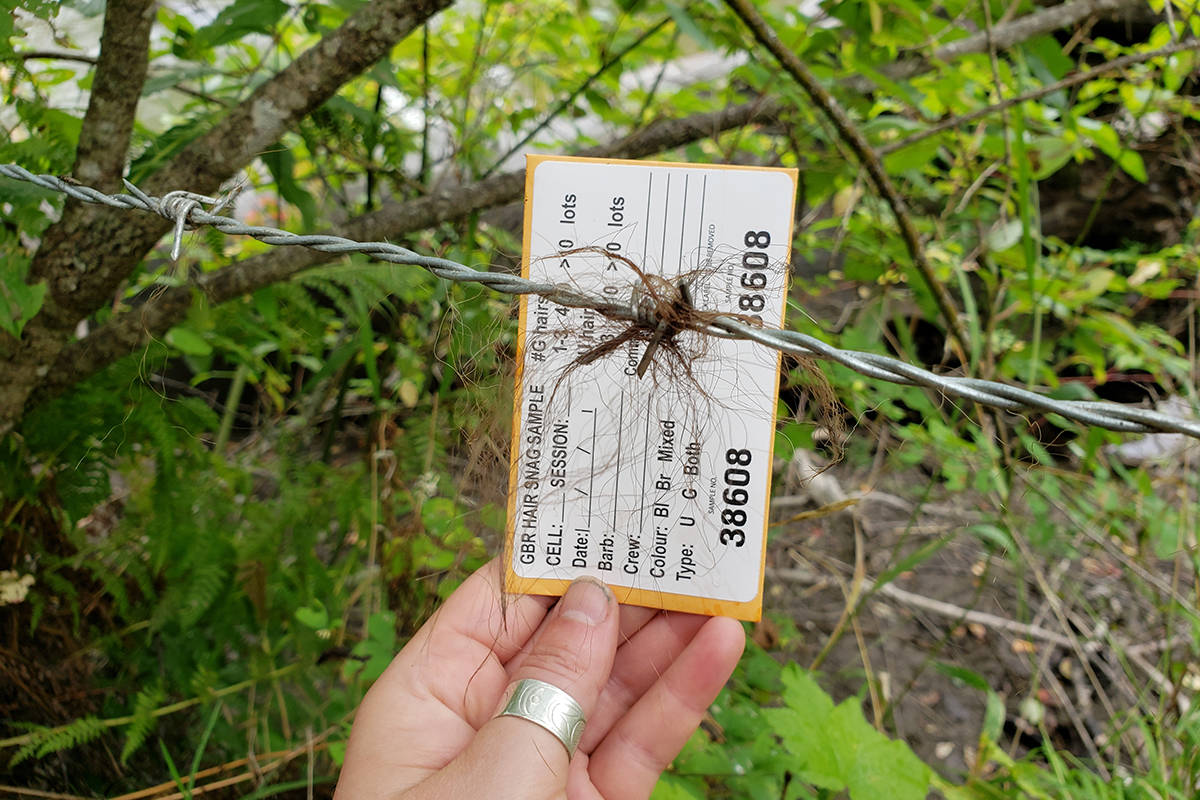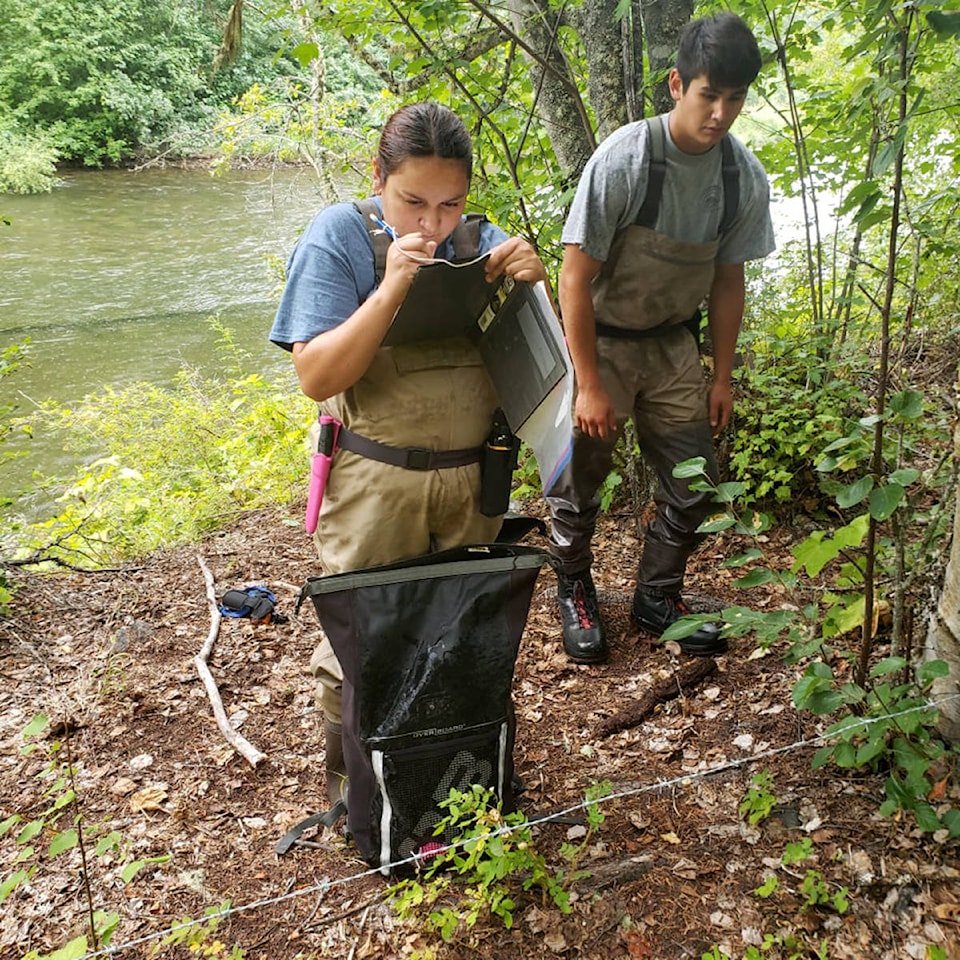For 10 half-days at the beginning of September 2021 the Belarko-Fisheries Pool drift zone will be closed to people on the Atnarko River near Bella Coola while observations of the local grizzly bear population occur.
The “experimental manipulation of human activity is required for the research and will be applied to the river,” said Kate Field, a PhD student with the Raincoast Applied Conservation Science Laboratory, University of Victoria. “This will allow researchers to measure how bear behaviours might vary by human presence or absence.”
From Wednesday, Sept. 1 to Sunday, Sept. 5, the drift zone will be closed from 1:30 p.m onward and from Monday, Sept. 6 to Friday, Sept. 10 it will be closed until 1:30 p.m.
Field said the Raincoast Applied Conservation Science Laboratory has been collaborating with the Nuxalk Nation stewardship department on grizzly and black bear monitoring since 2014 over a 3,500 square kilometre area. BC Parks joined the collaboration in 2018.
READ MORE: Chilko-Newton Road closed as of Sept. 1 to protect people, bears
Through the use of non-invasive hair snagging the project team collects DNA from bears.
“It’s kind of like CSI wildlife edition. Bears pass over or under the hair snag leaving us some of their hair which we can use to identify the individual and track their movements. We can even learn about bear diet by measuring elements in the hair.”
Motion activated cameras are another research tool used so bears can be observed in the absence of human activity.
Additionally, the research includes behavioural data gathered from direct observation of grizzly bears by the researchers, as well as by approximately 30 different cameras placed roughly a kilometre apart along the Atnarko River.
“We measure fish capture efficiency and rates and we assign behavioural time budgets to bears. We use an ethogram which is essentially a table of behavioural codes and each behaviour has a very specific and measurable definition.”
Back at the lab, Field goes through the footage and uses the ethogram to assign behaviours to bears, an example being the handling of a fish carcass or a live fish.
“We put the cameras up in July each year and we take them down in November.”
Field credited help from agencies such as Fisheries and Oceans Canada, hatchery crews and bear viewing operations for facilitating the research team to induce the half-day quiet times for bears on the river this September.
“It is a really unique opportunity with much help from other river users,” she said.
Normally the bears are forging on vegetation as early as May, mostly on shrubs and berries, but is when the salmon begin spawning on the Atnarko River that bear activity picks up there.
“Now is when we are expecting to see pink salmon in the river, but the numbers are pretty low at this time.”
Field said ecotourism in the Great Bear Rainforest plays a critical role in local economies.
“We study bear behaviour as it relates to human activities, food availability and other variables in the Atnarko. We are especially interested in when and where bears choose to feed and their rate of salmon consumption during salmon spawning season.”
The research is important, she added, because it provides evidence-based insight into tourism-bear coexistence as fascination with bear viewing increases.
Information from the research project will be used to help BC Parks and Nuxalk Stewardship ensure that human activity on the river is occurring in a sustainable way that allows bears access to the resources they need to thrive.
“The research program was initiated to help Nuxalk and BC Parks managers understand if the conservation objectives set out in the Bear Viewing Operational Plan for the Atnarko River Corridor are being met, and therefore confronts multiple predictions of how bears respond to gradients of human pressure by collecting empirical evidence for their behaviour.”
Field said genetic detections showed some bears were detected exclusively in ecotourism zones whereas other bears were detected exclusively in non-ecotourism zones.
At this time, however, the results are preliminary.
Screening is also done for genetic matches between bears they detect in the Atnarko and bears that encounter human conflict down valley.
“We have done this throughout the study,” Field said, adding the results will be shared by all partners once they are conclusive.
Research at Knight Inlet suggested positive effects of tourism, Field noted.
“Large males avoided humans, leaving feeding sites before morning tours creating low-risk feeding times for subordinate age and sex classes. Some guides I have talked with here in Bella Coola suggest a similar phenomenon, which has informed some of our research questions.”
On the other hand, Field said it’s important to understand whether some bears avoid high-human areas or times all together—that’s what the genetics data seek to investigate.
Originally from the Okanagan, Field has been working in Nuxalk territory since 2016 as a field assistant and researcher.
She is beginning the third year of her PhD program and 2021 marks her last field season. The remaining two years she will focus an analysis and writing.
“My crew has been such integral linchpins in how this project operates,” Field said.
READ MORE: Fewer dead bears, more fines: Advocates call for B.C. conservation officer reform
news@wltribune.com
Like us on Facebook and follow us on Twitter
